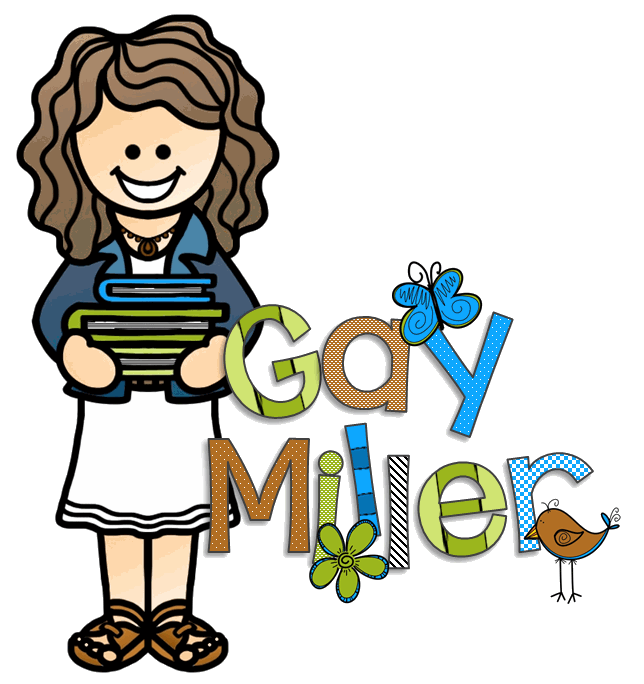
Collaborative Learning. You know—the strategy we want to love because it fosters student interaction, critical thinking, and communication… but sometimes dread because it feels like pulling teeth.
The truth? Collaborative learning is powerful. It gets students talking, thinking, and learning from each other. But without a plan, group work can get chaotic fast.
So in this post, I’ll show you four super simple collaborative learning strategies, including a method to set up collaborative groups, plus a classroom-tested approach to help students actually work (and talk!) together productively once they’re there.
By reading this post on collaborative learning strategies, you’ll walk away with:
- a lanyard system that makes grouping students easy and flexible
- a strategy for teaching group discussion norms
- an activity that gets students moving and talking
- and a free download to pull it all together
Collaborative Learning Strategies – The Set Up
Step 1: Organize Your Groups Without Losing Your Mind

Want to spend less time reassigning students and more time teaching? Set up this one-hour system at the beginning of the year, and you’ll be thanking yourself by October.
What You’ll Need:
- insertable name badges (lanyards or clip-ons)
- a printer and copier
- colored paper (4–5 colors)
- a paper cutter (or scissors and some Netflix)
Setup Instructions:
- Type each student’s name on the rectangular inserts that come with the lanyards.
- Before you tear the inserts apart, make copies of the sheet on 4–5 different colors.
- Cut the inserts apart.
- For each student, make a stack of name cards—one in each color—and insert them all into a single lanyard holder.
- Want to create a “blue” group? Just flip the blue name card to the front of each student’s lanyard. Done.
Change your mind? Need to regroup? Just rotate the color card in each lanyard. It’s like having infinite seating charts at your fingertips—but without the paper shuffle.
Step 2: Teach Students How to Work in Groups
Putting students in groups is one thing. Teaching them how to work together is another. This is where ground rules for discussion come in—and yes, they matter a lot.
According to the Speaking & Listening standards (SL.4.1–6.1), students should be engaging in collaborative discussions where they:
- build on others’ ideas
- express their own clearly
- respectfully disagree
- stay on topic
But none of that happens magically. So let’s teach it.
Option A: Let Students Create the Rules

Start with a class brainstorm using a T-chart:
- Left Side: Successful Class Discussions
- Right Side: Unsuccessful Class Discussions
Ask questions like:
- What helps you feel heard in a discussion?
- What makes a discussion frustrating or unhelpful?
After brainstorming, divide students into small groups. Ask each group to write 5–7 discussion rules they think will help the class. Collect the ideas, tally the most common rules, and vote on the final class set.
✅ Bonus: When students create the norms, they’re more likely to follow them.
Option B: Use a Teacher-Created Set of Rules

Sometimes you need to move fast (hello, mid-September chaos), so here’s a set of ready-to-go ground rules you can use or adapt:
- Dispute ideas, not people.
- It’s okay to listen quietly.
- Pay attention when others are speaking.
- Don’t interrupt (or side-talk, or eye-roll).
- Ask questions if something isn’t clear.
- Support your opinions with reasons.
- Respect that others may see things differently.
- No monopolizing the conversation.
- Keep an open mind—and a sense of humor.
- What’s said in discussion stays in discussion.
Post them. Practice them. Refer to them often.
Collaborative Learning Strategies – Activities
Add Movement with “Round About”

This one’s a class favorite—and it uses those handy lanyards again.
How to Play:
- Make vocabulary definition cards with a number on each.
- Slide one into each student’s lanyard. (Have them wear it backwards on their backs to maintain personal space.)
- Give students a sheet with the matching vocabulary words.
- Set a timer. Students move around the room, reading definitions from classmates’ lanyards and matching them to the right words.
Classroom Timers and Fun Timers offers some fun online timers for the Smart Board. - When time’s up, they return to their seats and check answers together.
This activity works for any subject and keeps students engaged, moving, and interacting meaningfully.
Guide the Discussions

As students dive into group activities and conversations, you’ll play the role of discussion coach.
Tips for keeping things productive:
- Gently remind students of the ground rules.
- Reword confusing questions.
- Ask for clarification. (“Can you explain what you mean?”)
- Make connections to previous lessons.
- Help them summarize main ideas.
- Invite written reflections to close the loop.
To make things even easier, I’ve created a free foldable organizer you can use to introduce, reinforce, or review group discussion norms. Three versions are included—one of them blank, in case you want your students to create their own.
Collaborative work doesn’t have to mean chaos. With a little front-loaded structure, your students can move into groups easily and stay on task once they’re there.
Whether you’re teaching 4th graders how to take turns or showing 6th graders how to respectfully challenge ideas, this combo of simple grouping tools and clear discussion norms lays the groundwork for effective collaborative learning strategies.
And maybe—just maybe—group work will become the best part of your day.


